Who Really Invented the Rechargeable Lithium-Ion Battery?
Cars That Think
JULY 30, 2023
Fifty years after the birth of the rechargeable lithium-ion battery, it’s easy to see its value. It was manufactured in small volumes by Exxon, appeared at an electric vehicle show in Chicago in 1977, and served briefly as a coin cell battery. Did Exxon invent the rechargeable lithium battery?

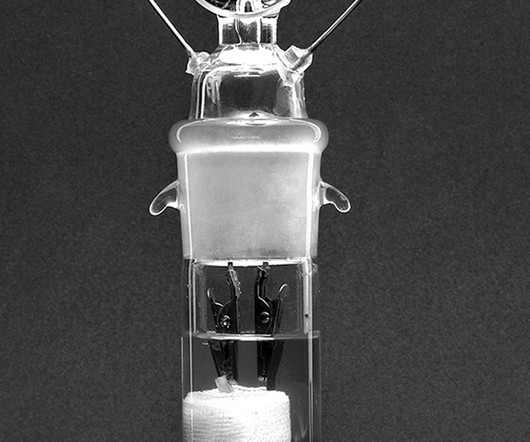












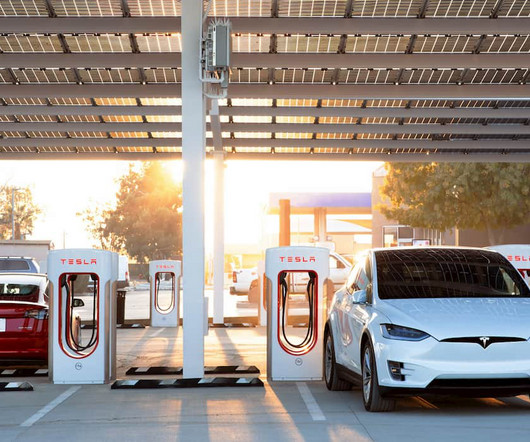




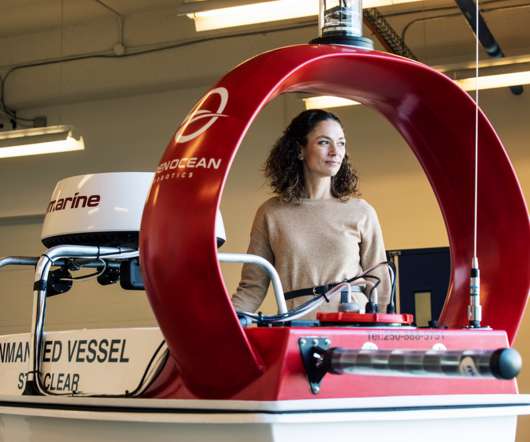






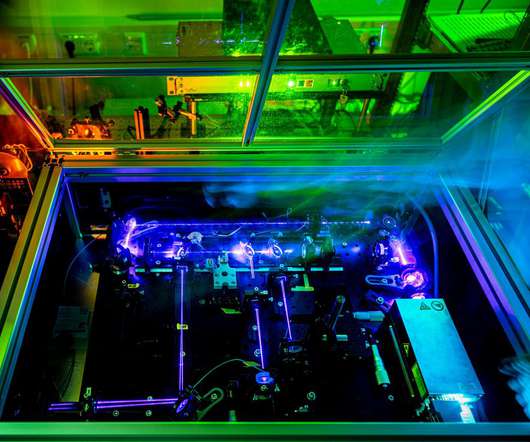

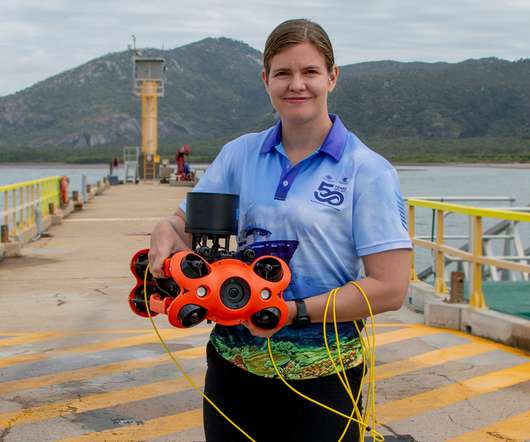
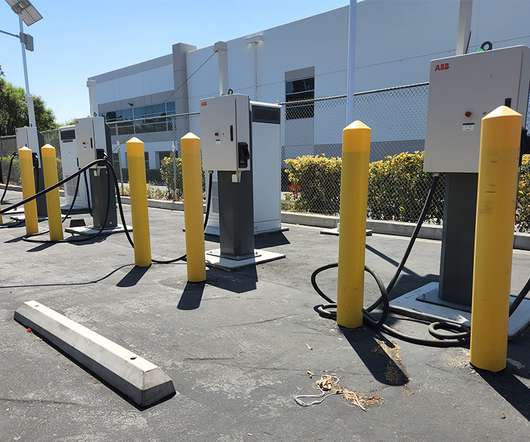
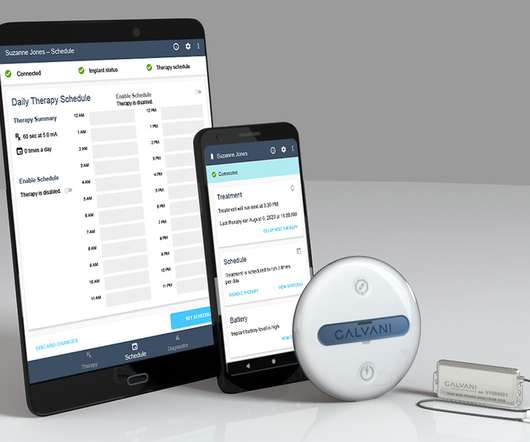

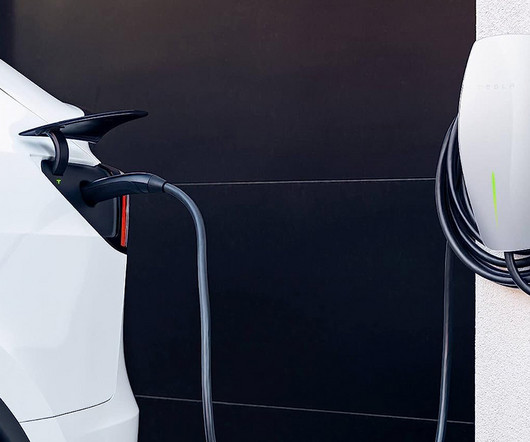
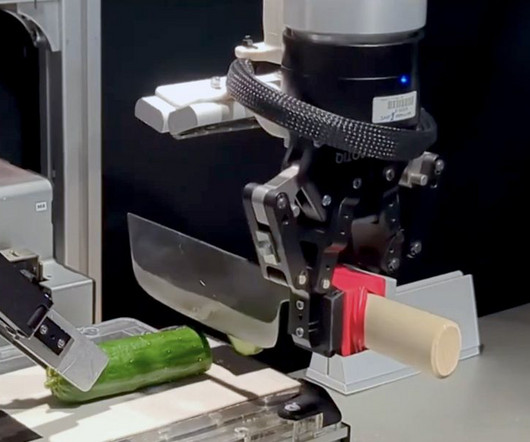



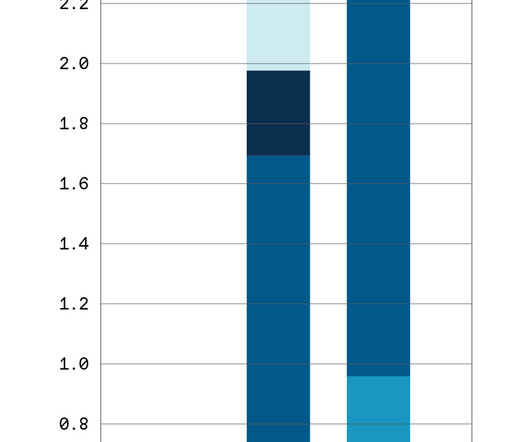






Let's personalize your content